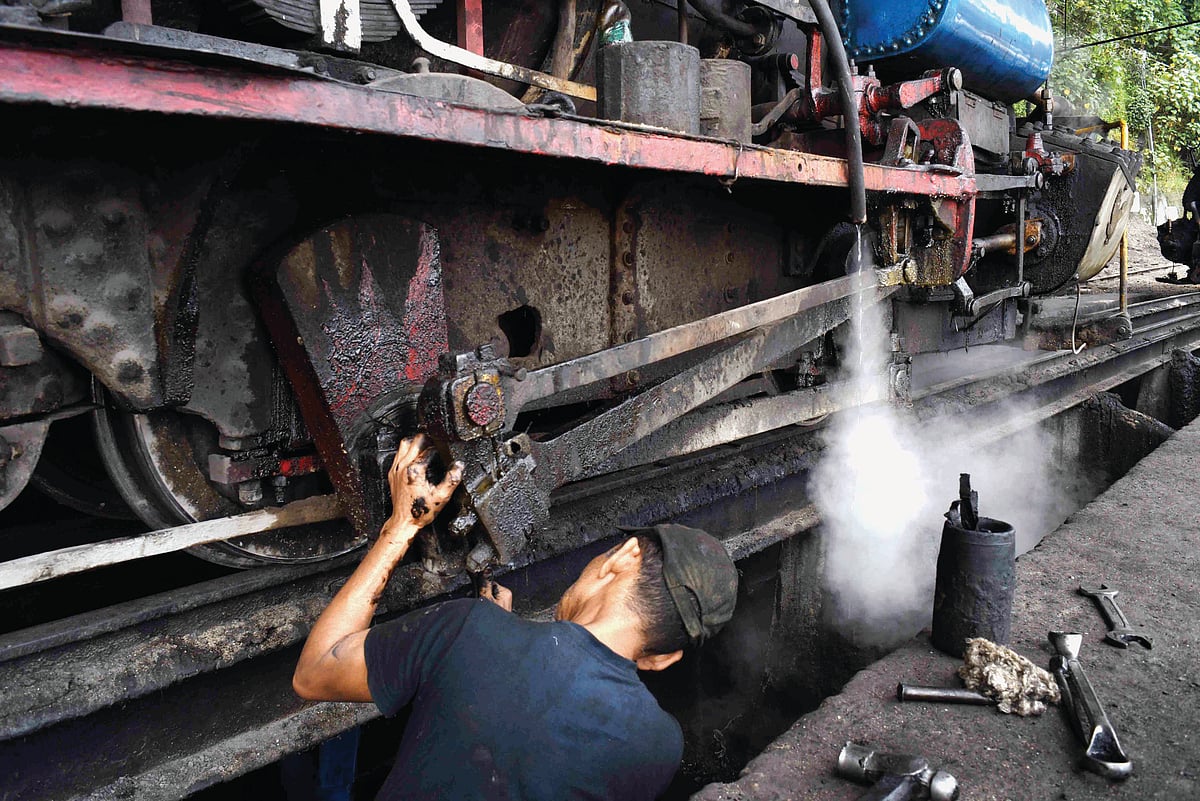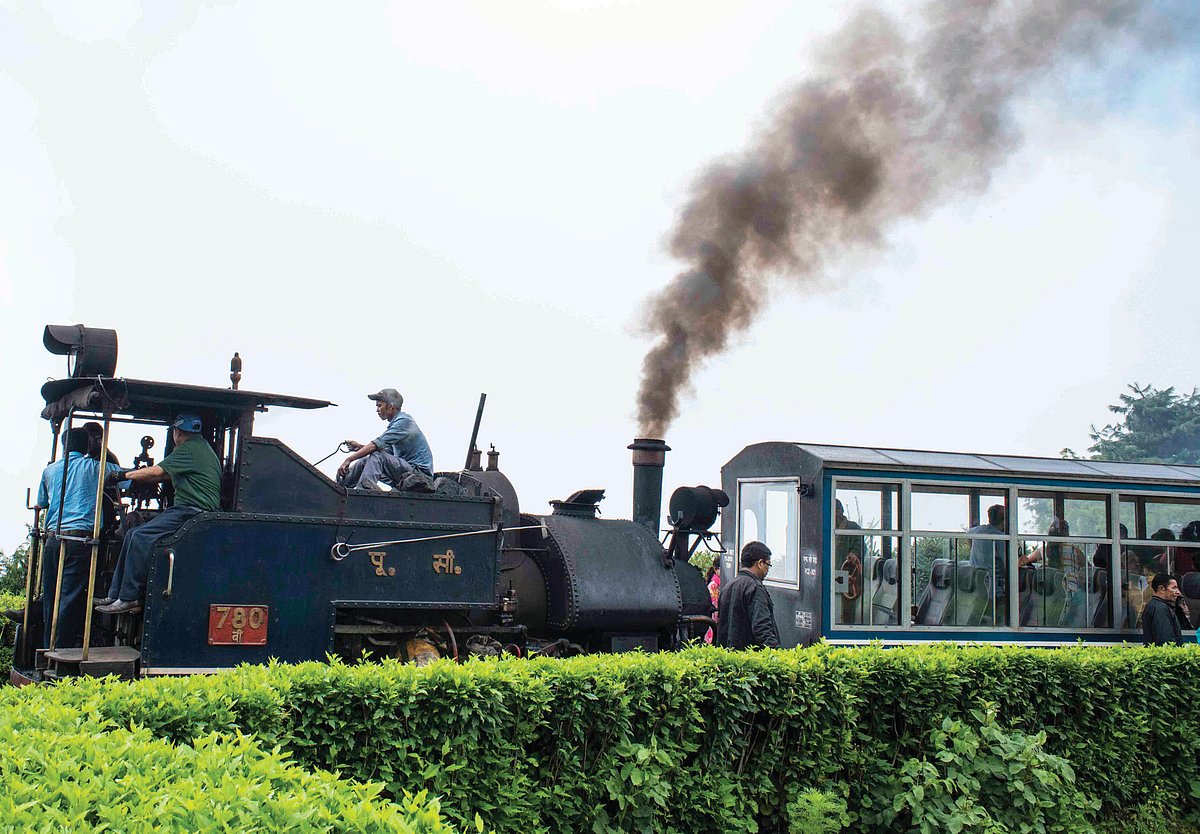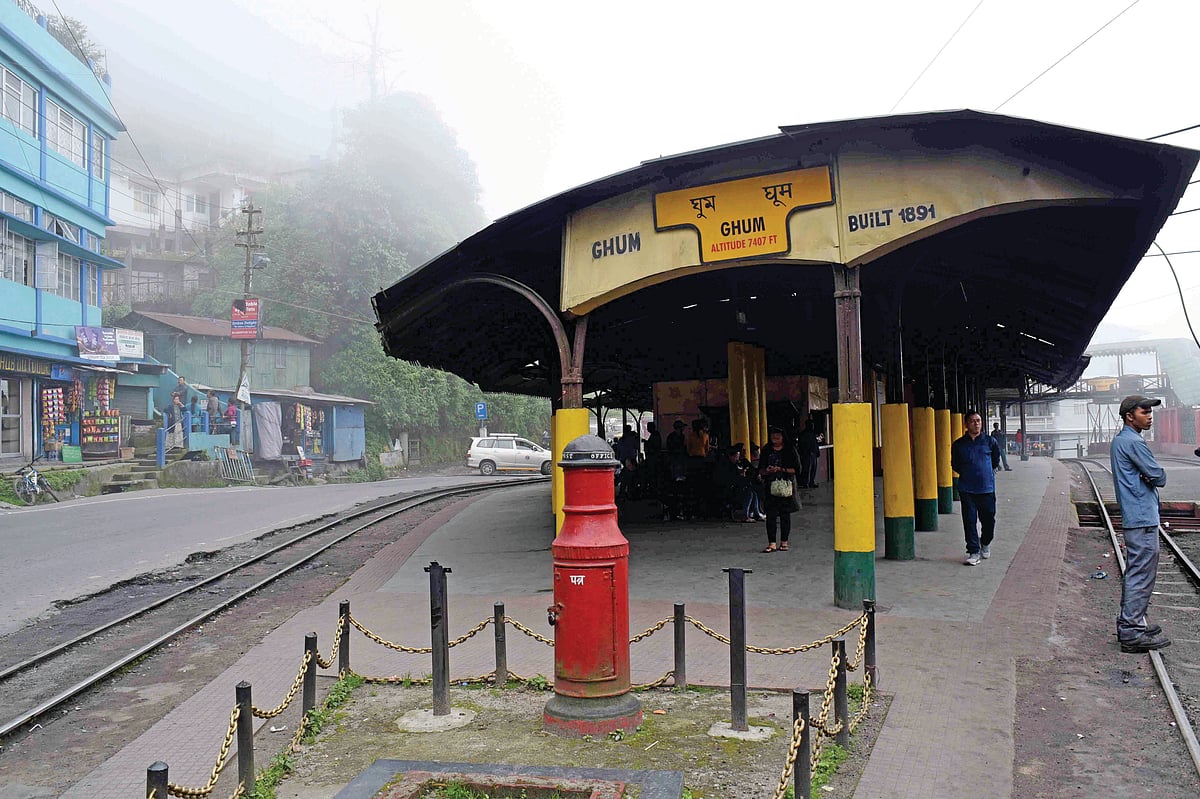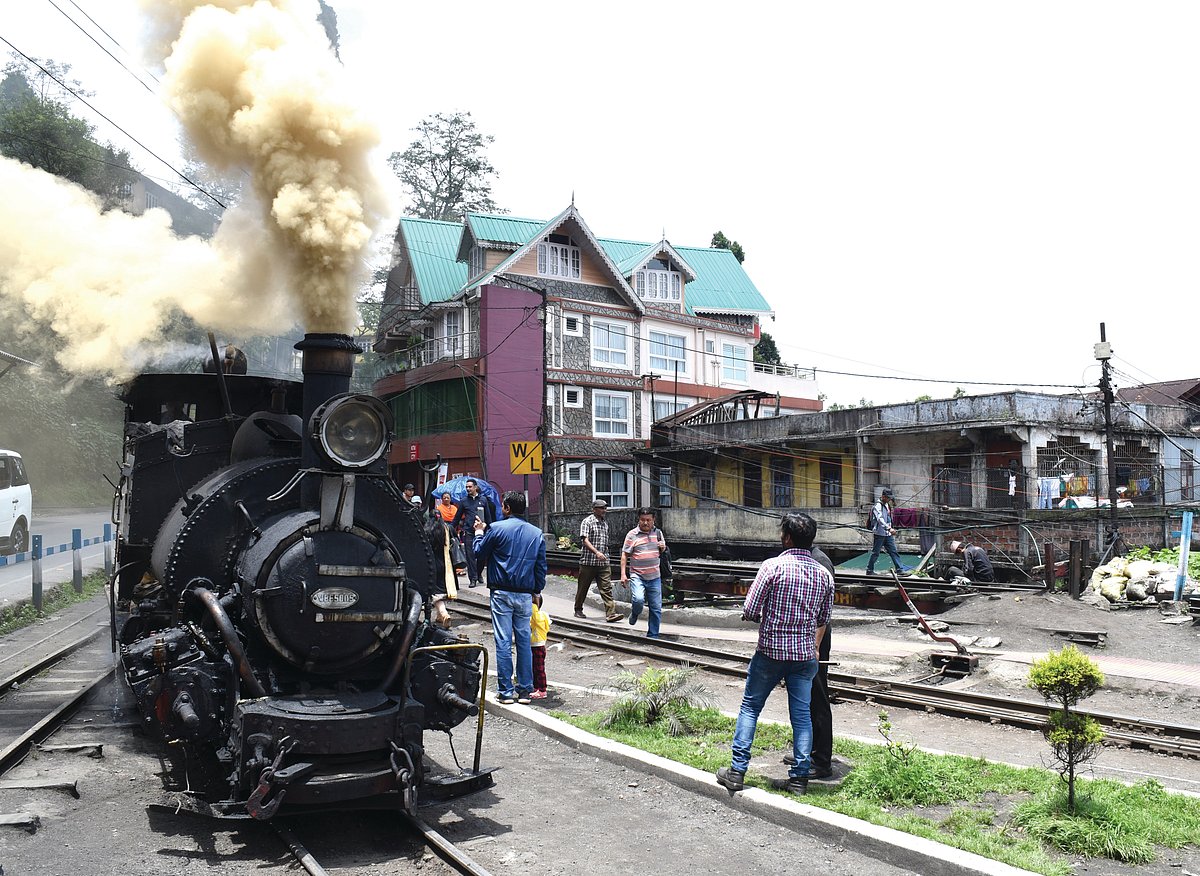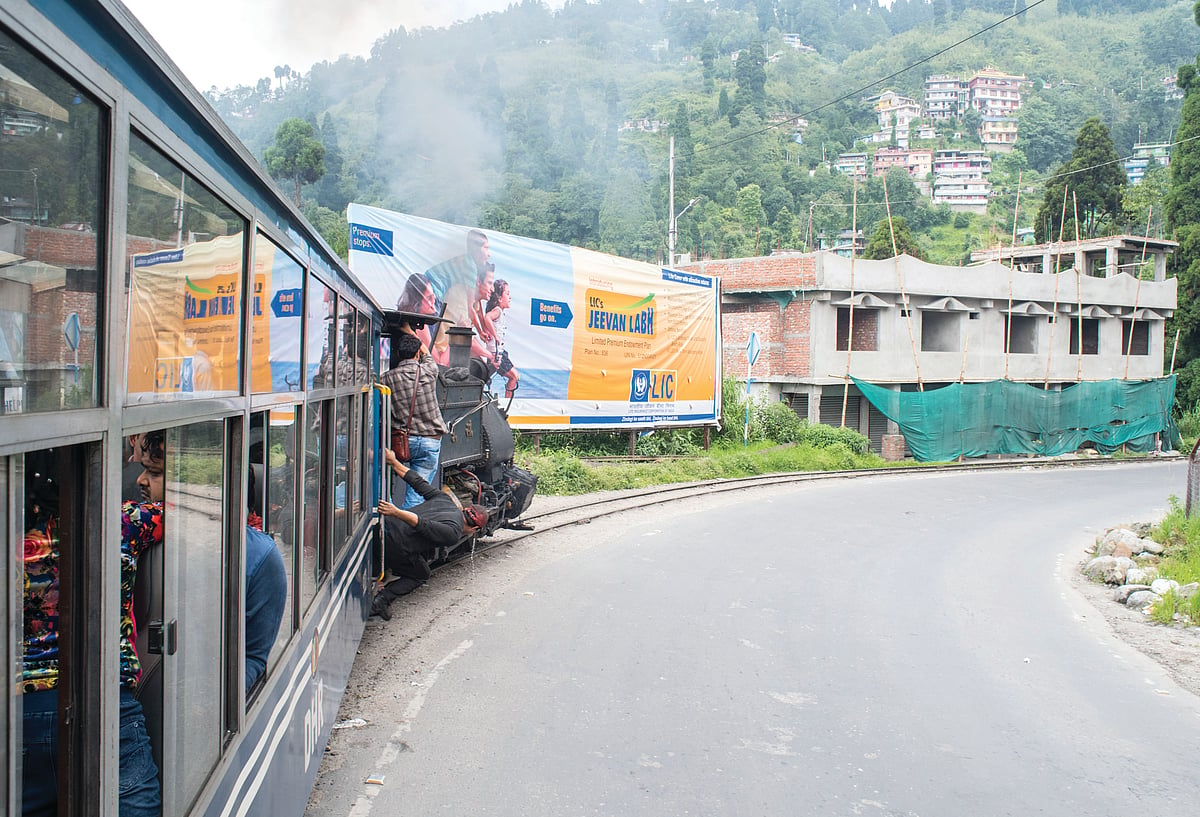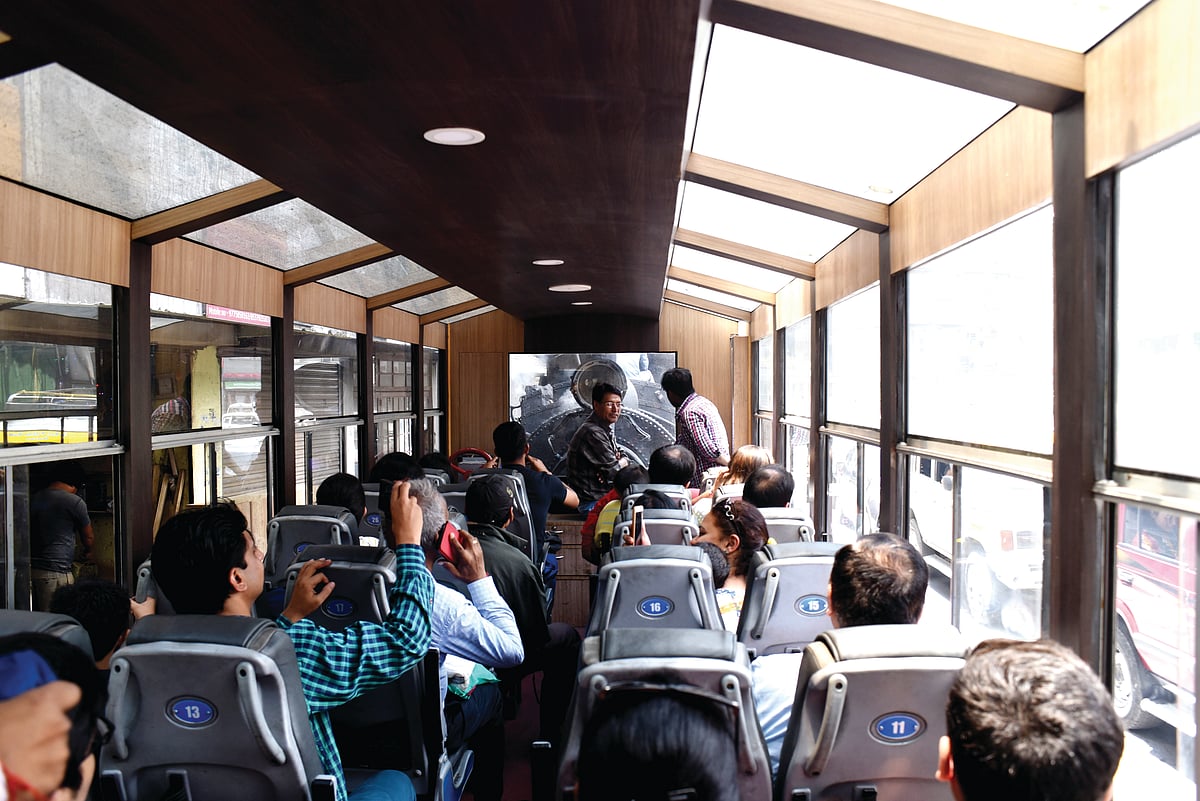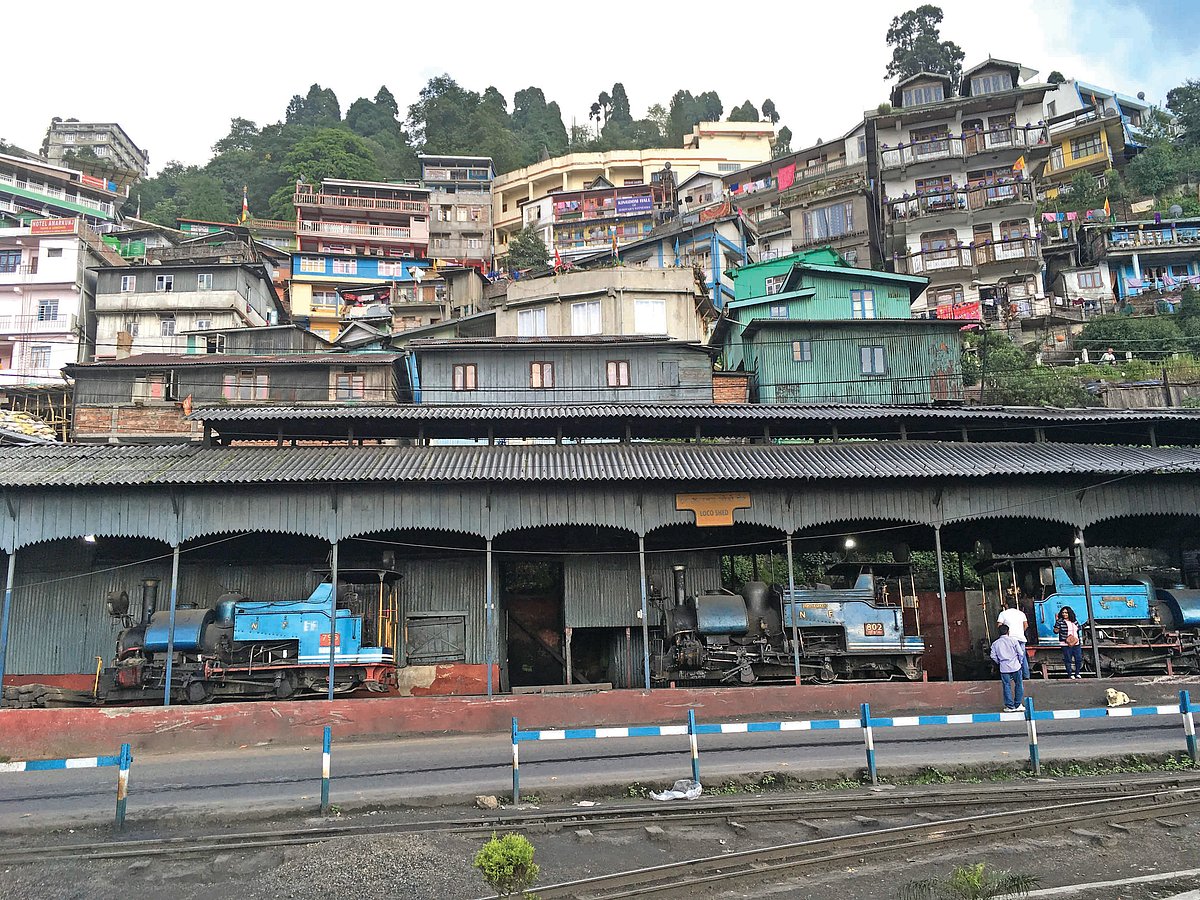Darjeeling Hill Railway History in motion
The ‘UNESCO World Heritage Site’ train in the Darjeeling Hill Railway is chugging along since the 1880’s

I grew up at that cusp of time when the railway was making a transition from the coal-fired steam engines to the more energy efficient and less manpower demanding electric and diesel locomotive-drawn trains. We lived near a level crossing and the frequent whistling and chugging of the steam engine remains a a singular childhood memory. Even my fairly elaborate model toy train had a steam engine with a fairly authentic whistle. Joy rides on toy trains, during school trips to parks and zoos, cemented a deep love for the Indian Railways.
Naturally, I wanted to grow and become an engine driver. I still recall the excitement at being introduced to an engine driver who drove the prestigious ‘Kalka Mail’, a historic and, long before the Rajdhani and Shatabdi, the most important train on the Delhi-Kolkata route.It’s with a bag full of these memories that I arrived in Darjeeling a few weeks ago, for the first time. For most people across the world, Darjeeling is synonymous with tea, but for me, the town is first and foremost associated with the Darjeeling Hill Railway. An engineering marvel of the 19th century, it is a still functioning railway line. Now its only passengers are tourists and railway buff, but when the Darjeeling line opened in the 1880s, it carried the Gora Sahib (British officials) and their families – to the hills for the summer. And, it was used to transport tea from its many famous estates to the rest of the world.
The line, only two feet wide, had to be narrow gauge, to negotiate the sharp curves and steep incline. A special B Class steam engine was designed for the line, and many engines were built between the 1880s and 1925 both in England and India. The unique feature of this engine is the saddle water tank that sits atop the boiler like a horse saddle and is filled with water twice on its current short journey. At least five such locomotives are still journeying up and down the Darjeeling hillside.
My joy knew no bounds when I spotted two of them puffing steam under the loco shed next to the Darjeeling Station. They were being attended to by a team of specialised mechanics who are the real heroes of the show. These engines are way past their normal functional lives. Anywhere else, they would have been junked and sold as scrap. But the Darjeeling Hill Railway is a World Heritage Site, and has been kept in a running condition. Engine spare parts are mostly no longer manufactured, and despite the extreme wear and tear of the nuts and bolts, the engine mechanics spare no effort in keeping the locomotive track worthy by keeping the boiler fire stoked and the train running. The locomotive maintenance shed is a place immersed in steam, coal, grease and grime where a constant clank of hammer and spanners echoes through the air.
More than once a day, the steam engine pulls two coach loads of tourist from Darjeeling to Ghum, which is seven kilometers away and at a higher altitude. The train chughs along on a track that runs alongside a road, scraping the shops and houses close to its side. While most of the tourists keep themselves busy clicking pictures and movies on their mobile cameras, the more adventurous ones dangle out of the coach and attempt to make selfies! If they don’t succeed, they get off at the first stop and rush to the front to include themselves in this piece of history.
The recently built coaches of the train look a bit incongruous compared to the archaic locomotive. With the fancy seats and a transparent roof, one gets an all round view of scenery, although for a moment one may forget whether one is sitting in luxury bus or a heritage train.
Locals take no more notice of the train than of the traffic on the road, but for someone like me, it’s an is awe-inspiring sight. The journey takes about an hour, with a brief halt at Batasia where the train takes a loop in order to build momentum for its climb up. Batasia has been developed as a scenic site with a memorial to the local soldiers as well as a place to take in the view.
There is not a great deal to do at Ghum but the station houses the Darjeeling Hill Railway Museum on its top floor. It’s a small museum with an excellent collection of old objects and marvelous pieces of old equipment and photographs that tell the history of the railway line.
Recently the Heritage status of the Darjeeling Hill Railway has been under threat and one can very well understand why when we travel on it. Encroachment around the railway track, haphazard construction of buildings alongside, dumping of garbage, etc. is a few of the many reasons that have irked UNESCO which is responsible for giving the tag. Railway and conservation enthusiasts have been pleading with the concerned authorities to see that no harm comes to this unique railway system that is already under so much pressure.
One must hope that the railway line shall continue to delight the enthusiastic travellers who come all the way to Darjeeling. At the same time, it must also be said that the men – the real steam warriors - working to keep these old locomotives chugging, will keep them moving for a long long time.
Follow us on: Facebook, Twitter, Google News, Instagram
Join our official telegram channel (@nationalherald) and stay updated with the latest headlines
Published: 28 Jul 2019, 8:47 PM

